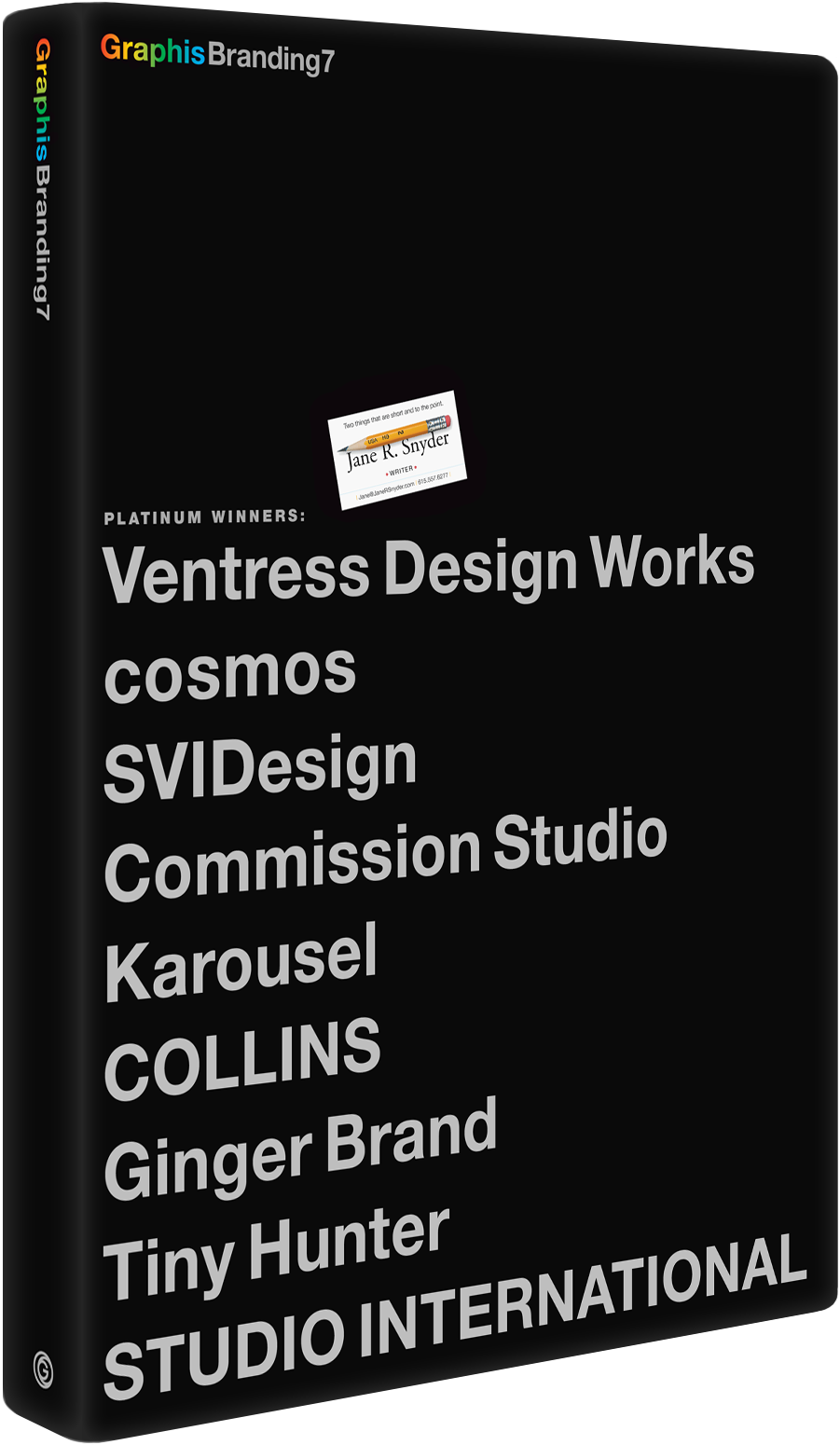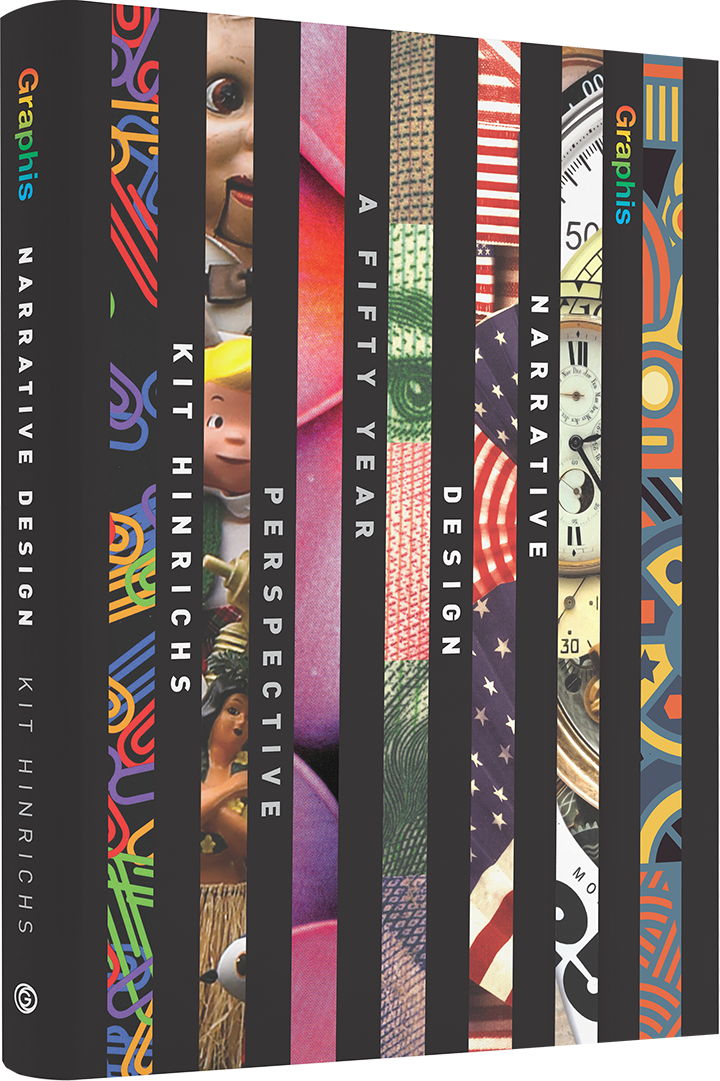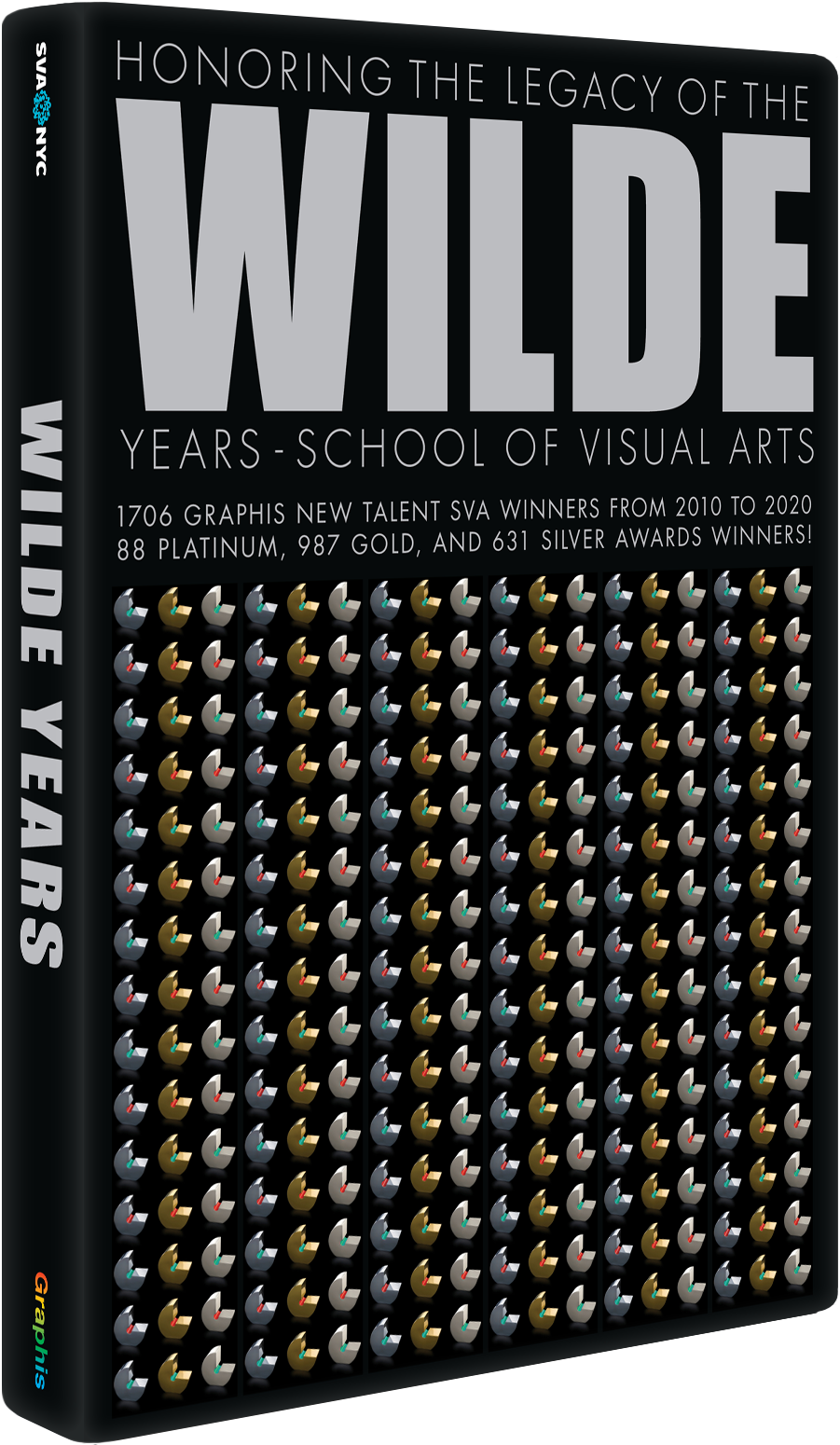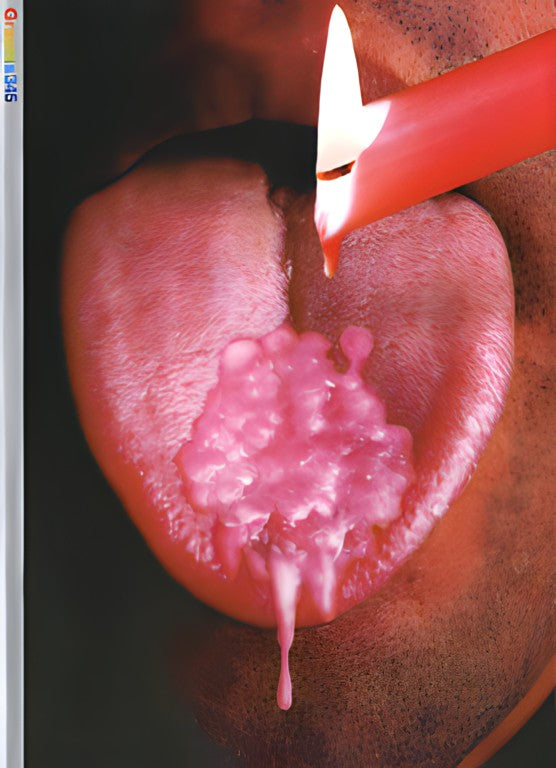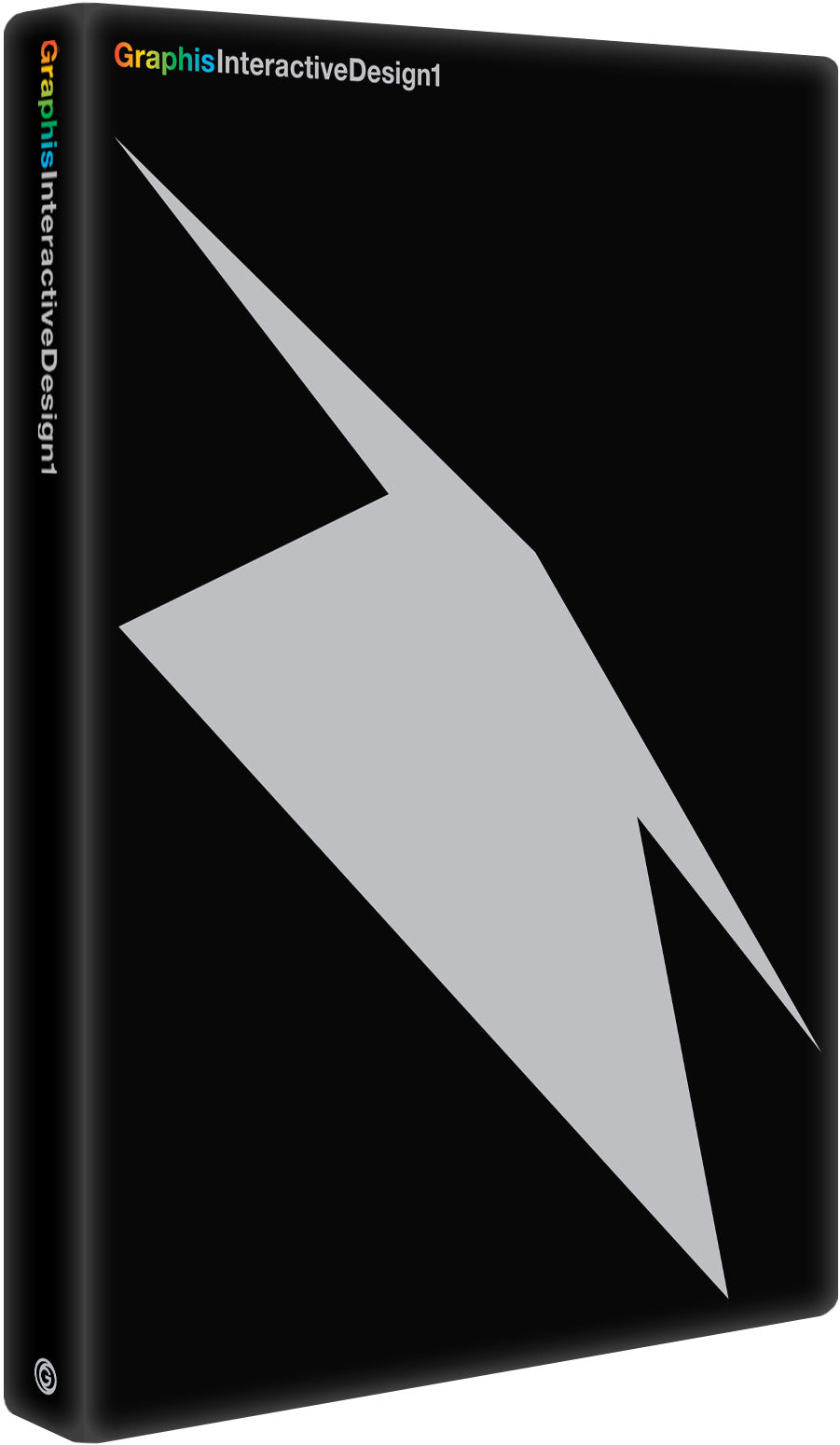Silent War: A Visual Study of Human Isolation
Some wars are fought with weapons. Others, in silence. For Jinyoung Kim, creative director at Collective Turn, “Silent War” is more than just a striking piece of self-initiated advertising—it’s a deeply personal exploration of isolation, grief, and the invisible battles we face. Inspired by her father's struggle with Parkinson’s disease and the societal phenomenon of hikikomori, Jinyoung crafted a powerful visual narrative that challenges perceptions of human disconnection. Using AI tools like Midjourney, she shattered traditional creative boundaries to produce hauntingly vivid imagery that earned Gold in the Graphis Advertising 2025 Awards. This isn’t just design—it’s a visceral call to see, feel, and understand the quiet wars waged within.
By: Jinyoung Kim, Creative Director, Collective Turn
The Project
This work grew from my struggle to understand my father during his battle with Parkinson’s disease. As the illness progressed, his spine gradually curved forward—a common symptom in elderly patients. I’ll never forget my shock the first time I noticed how severe his posture had become. I kept thinking, “Humans are meant to walk upright, so why is Dad leaning so far forward, looking like he might fall?” It didn’t make sense to me then. Over time, his hands began to shake so badly he could barely hold a spoon, and his speech was slurred. It felt like he had built himself a glass box and retreated inside it—invisible yet impenetrable, cutting him off from everyone around him.
The Process
After Dad passed away, this experience naturally led me to become fascinated with the concept of “isolated humans.” There’s a Japanese term, “hikikomori,” describing people who withdraw completely from society, not leaving their homes for months or even years. When I first encountered this word, it instantly reminded me of my father, who never left his glass box. I felt a mix of frustration as an observer—why wouldn’t he come out of that fragile glass enclosure?—and empathy, wondering how painful it must be inside. Recently, the hikikomori phenomenon has become a serious social issue not just in Japan but also in Korea. I started wondering how I, as a designer, could visually capture this reality. My approach developed around two key ideas:
First, I placed a human trapped in a glass box against a backdrop of war, illustrating a slice of our current society—the isolated individual. I wanted to convey that the person in that box could be you or someone in your family.
Second, I wanted to suggest that the inside of the glass box represents how Hikikomori appears to others, while the outside represents their actual inner turmoil. Though they might seem calm, their minds are experiencing something as violent as warfare.
I used Midjourney, a leading AI tool, to bring this vision to life. For me, the greatest advantage of generative AI is that it allows an individual like myself to create highly polished visual work. Without it, executing my concept with this level of detail would have been nearly impossible—I would have needed to organize photoshoots or create complex composites. Instead, I developed my ideas through prompts, generating various images and refining my approach until the piece felt complete.
The Impact
This project has significantly broadened my creative horizons. While I used to work mainly in 2D graphics, AI has enabled me to venture into advertising design (like this piece), as well as fashion and product design. As a designer, I’m experiencing a newfound freedom that I’m thoroughly enjoying.
Before my father’s illness, I never really thought about aging, disease, disconnection, or isolation. I guess I was only looking at the pleasant aspects of life. But seeing these other, equally natural parts of human existence has allowed me to connect with people in similar situations—both offering and receiving comfort.
After posting this work on Instagram, I received many messages saying, “This feels like my story” or “I really connect with this.” What could be more rewarding for an artist than touching others in this way?
The Creative Journey
What brings me the most satisfaction about this project is how it’s shifted perspectives. I desperately hope my work helps people move beyond the lazy stereotype that Hikikomori or others who live isolated lives are simply lazy. I want us all to recognize that any of us could end up in the same situation and to seriously consider how we might help these individuals and their families—both on a personal level and as a society.
Jinyoung Kim is a designer and educator investigating the convergence of AI and design methodologies. As a PhD candidate at Kookmin University’s AI Design Lab in South Korea and with a master’s in graphic design with a focus on generative design from St. Joost in the Netherlands, she serves as creative director at AI Design Studio’s Collective Turn. Jinyoung is redefining traditional design practices by implementing AI-driven approaches across diverse fields, from fashion to product design and digital media. Her innovative work with AI tools has earned international recognition, including the Graphis Design Gold Award and third place in the AI Design Awards. Through her teaching of AI-based design courses at the university, she inspires the next generation of designers to harness the creative potential of artificial intelligence.

Check out more of our Advertising 2025 winners on our website!
You may also like
Skolos-Wedell: The Scale of a Poster
Featured in Graphis Journal 386, Nancy Skolos and Tom Wedell are consummate designers. Deeply thoughtful and inquisitive,…
Read MoreFrom Growing Minds to Urban Beats in Li Zhang’s Posters
Awarded Platinum and Gold in Graphis Poster 2026, Li Zhang moves between cultures, disciplines, and ideas, using…
Read More
Related Annuals & Publications
View AllBecome a Graphis Member
- 1-Year Membership Subscription
- Enjoy 50% off on Call for Entries
- 1-Year FREE Subscription to Graphis Journal
- Your Portfolio online with profile + links
- Get 20% off on Graphis Books
